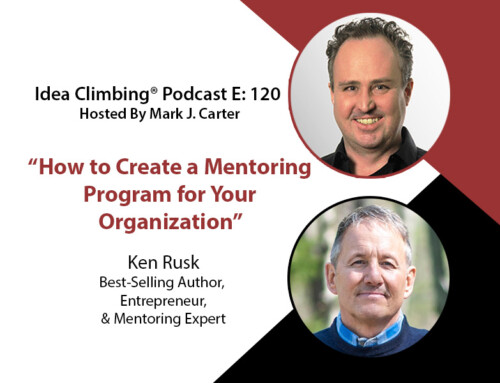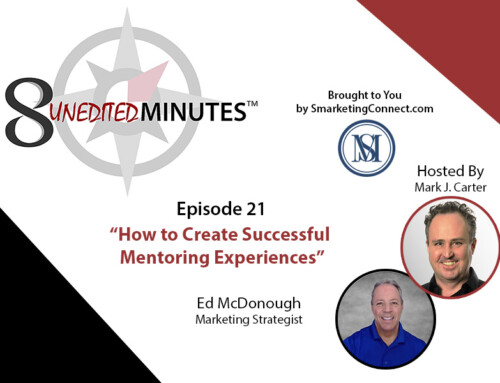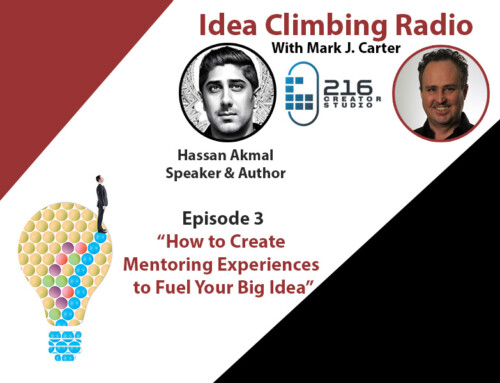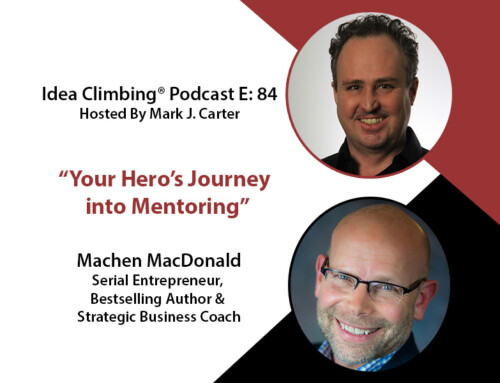Just asking for people to volunteer their time isn’t enough. Asking for donations for that gala once a year isn’t enough. If you want to build or be part of a successful nonprofit you need consistent, scalable and measurable strategies in place that you act on every day. How can you build or be part of that?
During a previous post (check it out here; “Volunteering Isn’t Enough”) I dug into a study from Dan Bassill and Tutor Mentor Connection looking at how to create a successful volunteer program with mentoring components. That post looked at the first two stages – or cycles – of building a volunteer team from the ground up. The research is based on Cabrini Connections and can be used to enhance your own strategies and opportunities to grow. The original video from Dan is below (the starting point in the video for this post is 3:54). The question we’ll examine here is…
Once you build a strong volunteer base – What’s Next?
THE THIRD CYCLE: ENGAGEMENT, RELATIONSHIPS AND EXPANDING INFLUENCE
Building a volunteer team is a great start; but many organizations stop putting a lot of work and strategy into their teams once they’re built. Our conversation here starts with the third cycle: Your teams are built and you want to strengthen them while growing your nonprofit mission. Enter…
STAGE I: Greater (Engagement). As volunteers enter their third cycle (stage of volunteering) with your organization they are much more experienced as both trainers and mentors so they start to have a much stronger impact on student aspirations and learning habits.
STAGE II: More resources through (Relationships). Because they have stronger relationships with your staff, other volunteers and the community at large they can provide more resources to help your organization grow. Some choose to get more involved with individuals your support while others decide to take on leadership roles. As their roles aas leaders grow their interactions with and support for other volunteers creates more opportunities for everyone to network with and learn from each other.
STAGE III: Increasing Volunteer (Influence). At this point volunteers are very much like third year college students: They have a built in network and a strong understanding of the “lay of the land” and what needs to be done. They are able to expand their influence and contribute subject matter expertise in meetings and online through your media outlets. This promotes the growth of mentor-rich environments when the volunteers become teachers to new people in your organization.
STAGE IV: Foundation For (Expansion). Because of the mentor-rich environments your programs and initiatives become more successful and run smoother. This spills into recruiting and maintaining your volunteer force more effectively as teams of volunteers pop up from the same company or college – expanding your mission and leveraging those networks also.
THE FOURTH CYCLE: RESOURCES, LEARNING ORGANIZATIONS AND EXPANDING GEOGRAPHICALLY
STAGE I Deeper Community (Engagement): When the teams of volunteers form across industries, colleges and companies this gives your programs access to the resources you need to expand to new cities because you have an infrastructure to support that growth. Your teams are engaging many communities and in turn those communities are engaging with you.
STAGE II Leveraging Your (Relationships): That infrastructure helps all of your programs build strong internal leadership teams internally and support throughout your communities through trusted relationships.
STAGE III Increasing Overall (Influence): Your organization is now a learning organization – drawing knowledge and success from your existing programs and concepts. You have a library of ideas and concepts (both online and offline) people can draw from and add to. Your teams can now collect and share knowledge to collaborate and innovate new ways to further expand your reach.
STAGE IV More Streamlined (Expansion): As your reach expands your programs now have many leaders from many walks of life, industries and geographic locations. What does this mean? Success of any single program no longer lives in a silo reliant upon itself; you’re drawing from a pool of talent and programs to support even the newest endeavors.
WHAT’S NEXT?
With all of that in place you’re closer to the holy grail of the nonprofit world: Your mission is now the focus rather than scrambling for money and volunteers each week or month for events, programs and fundraising.
What cycle are most of the volunteers in your organization experiencing? How can you help them grow TODAY and in return your nonprofit mission and influence will grow?
MORE ABOUT THE TUTOR/MENTOR INSTITUTE
Check out (and share!) how you can get involve with volunteering and recruiting here!
Check out (and share!) how you can get involve with volunteering and recruiting here:
http://www.tutormentorexchange.net/chicagoland-volunteer-recruitment
– See more at: https://www.markjcarter.com/2014/06/volunteering-leadership-mentoring/#sthash.DgITpcuj.dpuf
Check out (and share!) how you can get involve with volunteering and recruiting here:
http://www.tutormentorexchange.net/chicagoland-volunteer-recruitment
– See more at: https://www.markjcarter.com/2014/06/volunteering-leadership-mentoring/#sthash.DgITpcuj.dpuf





